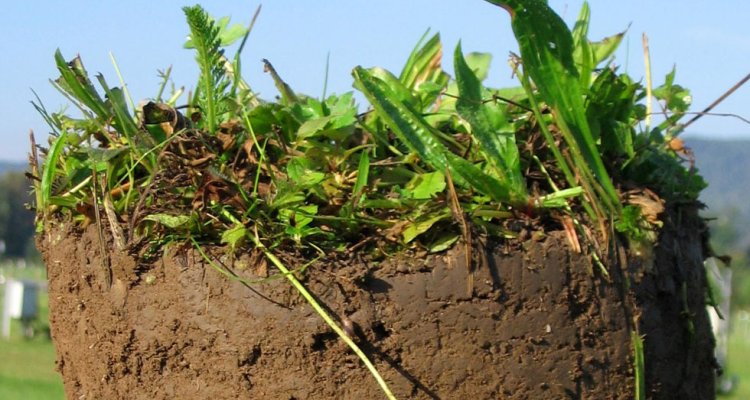
Press release
Biodiversity can drive evolution in plant communities
The diversity of plant communities shapes the evolutionary trajectory of plants growing together over short time frames. This unexpected result has broad implications for the productivity of plant communities, showing that the number of species present itself drives adaptation, so that plants grown in high diversity are more productive when they have been adapted to high diversity. These results by researchers from the University of Zurich, Wageningen University, and the Freie Universität Berlin are published in Nature.
The research was led by Professor Bernhard Schmid at the University of Zurich and supported by the Swiss National Science Foundation. The adaptation to the diversity of neighboring plant species results in increased cooperation between offspring of plants that had been together for several generations in mixtures, namely as compared to that between offspring of plants that had been grown only in monocultures.
The researchers propagated plants from a long-term experiment in the grasslands of Jena, Germany, where plant diversity has been manipulated to investigate the consequences of biodiversity loss since 2002. Plants from high-diversity communities (mixtures) outperformed those from low-diversity communities (monocultures) when re-planted in mixtures. Using statistical techniques, the researchers determined that while all experimental mixtures showed an overyielding effect (namely, species mixtures producing more biomass than the sum of the individual species grown in monocultures), the performance of ‘mixture plants’ was greater than that of ‘monoculture plants’. Most strikingly, mixture plants differed more strongly between species in functional traits, leaf thickness, height, and reproductive output, than did monoculture plants. This phenomenon so far was only known as a long-term evolutionary process called character displacement, allowing species to differentiate themselves from each other over geological time scales.
The newly observed rapid evolution of character displacement leading to enhanced mixture performance was a general feature of the investigated plant species and communities and not restricted to a few specific cases. Although the phenomenon may seem implausible as it has all the features expected under a process of ‘community evolution’, the fact that it exists should encourage novel approaches in plant breeding for agricultural and forestry applications. Based on their results the researchers predict that breeding plants for increased mixture yields could access a huge untapped potential. This applies to both, mixtures of different species in mixed cropping systems and to mixtures of different varieties within a single crop, as we have recently also shown for mixtures of genetically modified wheat lines. Compared with the currently used monoculture strategies, cultivating high-diversity crops will not only provide higher yields but also do so with lower inputs of pesticides and fertilizers, thus also increasing sustainability.
Publicatie Selection for niche differentiantion in plant communities increases biodiversity effects
Debra Zuppinger-Dingley, Bernhard Schmid, Jana S. Petermann, Varuna Yadav, Gerlinde B. De Deyn, Dan F. B. Flynn, Selection for niche differentiantion in plant communities increases biodiversity effects, Nature 15 oktober 2014. DOI 10.1038/nature13869.